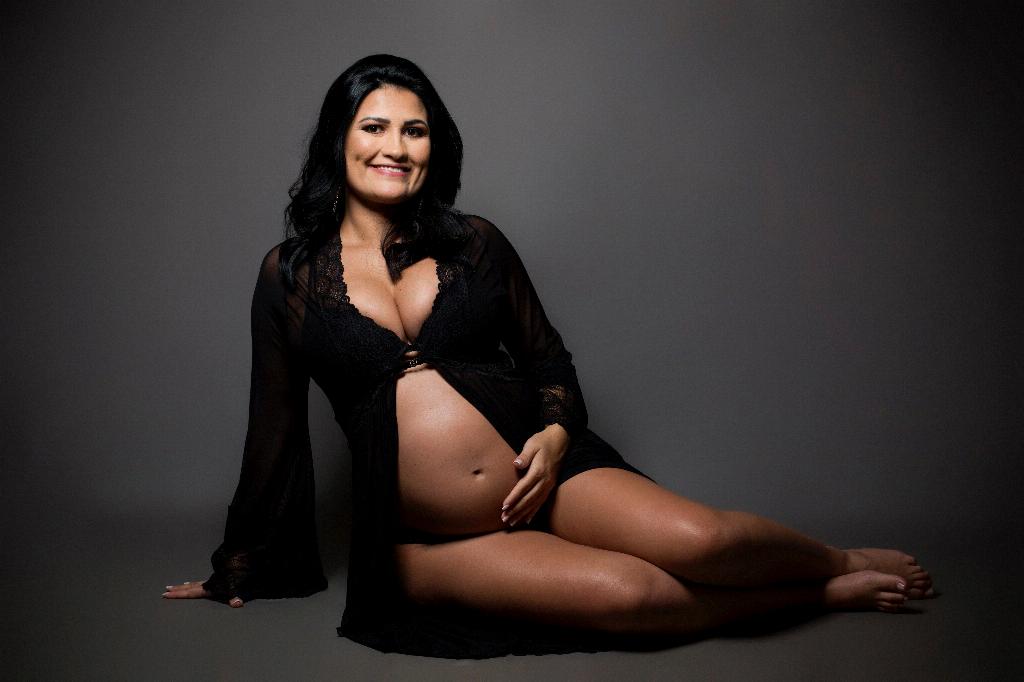When it comes to the difference between a birthing ball and an exercise ball, many people often wonder if there is any distinction between the two. Let’s delve deeper into this topic to understand the nuances that set these balls apart.
Size and Dimensions
One of the primary differences between a birthing ball and an exercise ball lies in their size and dimensions. Birthing balls are noticeably larger than exercise balls typically found in gyms. The larger size of birthing balls provides more comfort and stability, making them ideal for pregnant women during labor.
Material and Durability
Both birthing balls and exercise balls are usually made from a durable material that makes them highly resilient to punctures. This durable material ensures that the balls can withstand the weight and pressure of the user without easily deflating or losing their shape.
Anti-Slip Finish
Another key difference between birthing balls and exercise balls is the presence of an anti-slip finish on birthing balls. This feature is particularly important for pregnant women using the ball during labor, as it provides extra stability and prevents the ball from sliding around on smooth surfaces.
Intended Use
While both birthing balls and exercise balls serve a similar purpose in terms of providing support and comfort during various exercises, their intended use differs. Birthing balls are specifically designed to aid pregnant women during labor, whereas exercise balls are commonly used for fitness and strengthening exercises.
Comfort Level
Due to their larger size and anti-slip finish, birthing balls offer a higher level of comfort compared to standard exercise balls. This added comfort is crucial for pregnant women who need a supportive and ergonomic surface to lean on or sit during labor.
Support and Stability
When it comes to support and stability, birthing balls are often preferred over exercise balls. The larger size and anti-slip finish of birthing balls provide pregnant women with the necessary support and stability required during labor, helping them maintain a proper posture and position.
Posture Correction
Birthing balls are known for their ability to help correct posture and alleviate back pain during pregnancy. The ergonomic design of birthing balls encourages proper alignment of the spine and pelvis, reducing strain on the lower back and promoting better posture.
Medical Benefits
Using a birthing ball during labor has been linked to various medical benefits, such as faster labor progression, reduced pain, and improved fetal positioning. These benefits are unique to birthing balls and may not be fully replicated with standard exercise balls.
Customized Exercises
While both birthing balls and exercise balls can be used for a variety of exercises, birthing balls are often incorporated into specific pregnancy-related routines. These customized exercises aim to strengthen the pelvic floor muscles, improve balance, and prepare the body for childbirth.
Practicality and Versatility
Despite their differences, both birthing balls and exercise balls offer practicality and versatility in terms of their usage. Whether you’re a pregnant woman looking for labor support or a fitness enthusiast wanting to diversify your workout routine, these balls can cater to a wide range of needs.
Final Thoughts
In conclusion, while birthing balls and exercise balls share many similarities in terms of material and durability, their distinct features, such as size, anti-slip finish, and intended use, set them apart. Understanding these differences can help individuals choose the right ball for their specific needs, whether it be for labor support or fitness enhancement.

